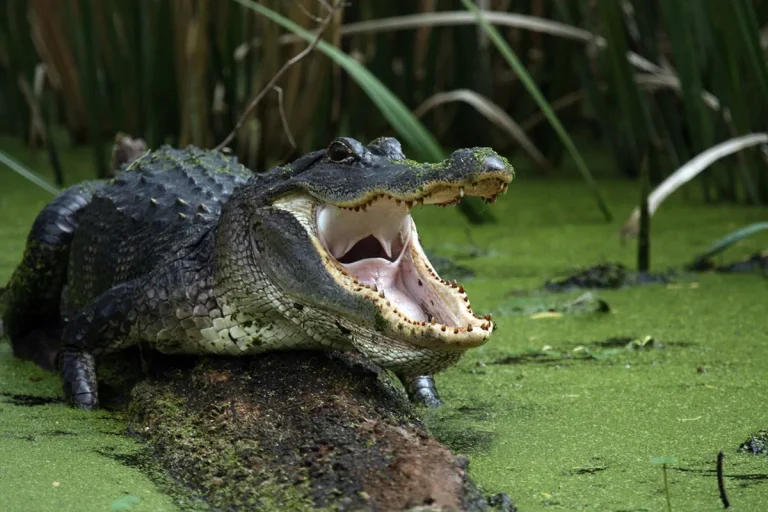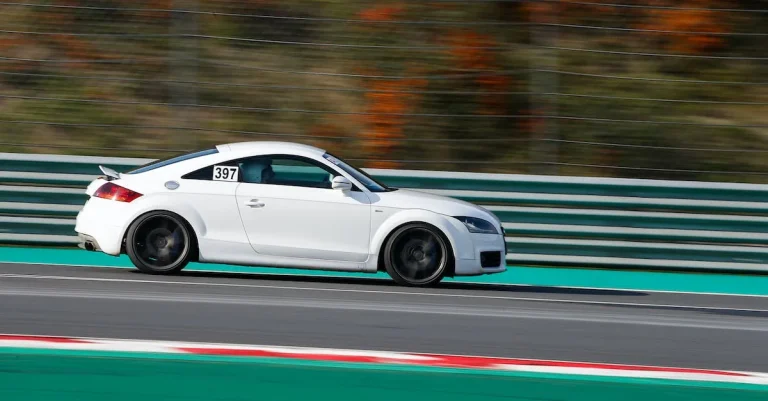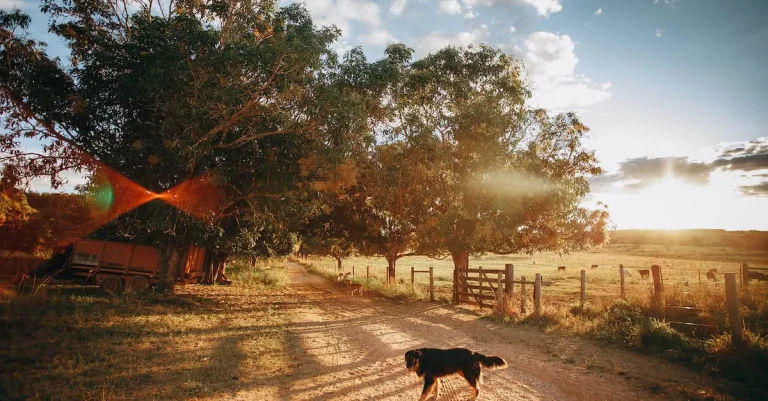Have you ever been driving down the road only to have a black cat dart across the street in front of your car? This experience can be startling and make you wonder about superstitions regarding black cats crossing paths.
If you’re short on time, here’s a quick answer to your question: It’s generally considered bad luck if a black cat crosses your path, but there are regional differences in superstitions. Some say it’s only bad luck if the cat goes left to right, while others believe any crossing brings misfortune. However, these are just superstitions without scientific merit.
In this comprehensive article, we’ll explore the history behind black cats and superstitions, regional differences in beliefs, and what science tells us about crossing paths with felines on the road.
History and Origins of Black Cat Superstitions
Black cats have long been associated with superstitions and folklore, particularly when they cross our paths while we are driving. Understanding the history and origins of these superstitions can provide insight into why they hold such power in certain cultures.
Ancient Egypt
The ancient Egyptians revered cats and viewed them as sacred animals. They believed that cats possessed mystical qualities and could bring good luck. However, it was also believed that harming or killing a cat, even unintentionally, could lead to severe punishment from the gods. This belief likely laid the foundation for the superstition surrounding black cats crossing one’s path.
Middle Ages
During the Middle Ages in Europe, black cats became associated with witchcraft and dark magic. They were believed to be the familiar companions of witches, and their presence was seen as a sign of evil and misfortune. This superstition grew stronger as the belief in witchcraft spread, leading to the fear and avoidance of black cats.
The Black Plague
Another factor that contributed to the superstition surrounding black cats was the outbreak of the Black Plague in Europe during the 14th century. Cats were often associated with witches, and during the Plague, they were believed to be carriers of the disease. This led to widespread persecution of cats, including black cats, as people believed that killing them would protect them from the Plague. The fear and superstition surrounding black cats crossing one’s path during this time likely intensified.
It is important to note that superstitions vary across different cultures and time periods. While some cultures may view a black cat crossing their path as a sign of bad luck, others may see it as a symbol of good fortune. Ultimately, the power of these superstitions lies in our beliefs and the meanings we attach to them.
Regional Differences in Black Cat Beliefs
United Kingdom
In the United Kingdom, the belief that a black cat crossing your path is a bad omen is deeply rooted in folklore and superstition. Many people believe that encountering a black cat while driving is a sign of impending misfortune or even death. This belief is so strong that some drivers may take extra precautions or even change their route to avoid crossing paths with a black cat.
One possible explanation for this belief is the association of black cats with witchcraft during the Middle Ages. In this era, cats, and particularly black cats, were often seen as companions of witches and were believed to possess supernatural powers. As a result, encountering a black cat was considered a sign of evil and bad luck.
It’s important to note that these beliefs are not based on any scientific evidence and are purely rooted in cultural superstition. However, they continue to persist in the minds of many people in the United Kingdom.
Germany
In Germany, the belief surrounding black cats crossing your path while driving is quite different. Here, a black cat crossing your path is actually considered a sign of good luck. It is believed that encountering a black cat while driving can bring about positive outcomes, such as increased wealth or success in one’s endeavors.
This belief in Germany is influenced by the association of black cats with good fortune in German folklore. It is said that if a black cat crosses your path, you should not try to chase it away or avoid it, but rather embrace the good luck it brings.
It’s interesting to see how cultural beliefs can differ from one country to another, even when it comes to something as seemingly trivial as a black cat crossing your path while driving.
Americas
In the Americas, beliefs surrounding black cats crossing your path while driving vary widely. Some people believe that it is a sign of bad luck, similar to the belief in the United Kingdom. Others see it as a neutral occurrence with no particular significance.
One interesting belief in some parts of the Americas is that if a black cat crosses your path from left to right, it is a sign of good luck, while crossing from right to left is a sign of bad luck. This belief may have its roots in various cultural traditions and superstitions.
Safety Issues Around Cats Crossing Roads
Understanding the Risk
It’s not uncommon to encounter a cat crossing the road while driving, but it’s essential to be aware of the potential safety issues involved. Cats are known for their agility and unpredictability, making them a potential hazard on the road. When a cat suddenly appears in your path, it can startle you and cause you to swerve or brake abruptly, putting yourself and others at risk.
Potential Consequences
The consequences of hitting a cat while driving can be significant. Not only can it result in injury or death for the cat, but it can also cause damage to your vehicle and put your safety at risk. Swerving to avoid a cat can lead to accidents with other vehicles or objects on the road. It’s important to remember that cats are small and may not be easily visible, especially at night or in poor weather conditions.
Prevention and Precautions
To minimize the risk of accidents involving cats on the road, it’s crucial to practice safe driving habits. Here are some tips to keep in mind:
- Stay alert: Always be vigilant and keep an eye out for any animals crossing the road.
- Slow down: Reduce your speed when you see a cat or any other animal near the road.
- Don’t honk or use high beams: Loud noises or bright lights can startle animals and cause them to panic.
- Gently brake: If a cat suddenly crosses your path, try to brake smoothly and avoid swerving if possible.
Importance of Animal Welfare
Remember, cats crossing the road are just one example of the many encounters we may have with animals while driving. It’s our responsibility as drivers to prioritize their safety and well-being. By being cautious and taking necessary precautions, we can help prevent accidents and ensure the welfare of both humans and animals.
For more information on road safety and animal welfare, you can visit National Highway Traffic Safety Administration and The Humane Society.
What Does Science Say About Cat Crossings and Luck?
Understanding the Superstition
The belief that a cat crossing your path brings bad luck is a long-standing superstition that has been passed down through generations. While some people dismiss it as mere folklore, others take it very seriously. But what does science have to say about this popular belief?
The Origins of the Superstition
The origins of the superstition can be traced back to ancient times when cats were associated with witchcraft and dark magic. In medieval Europe, cats were believed to be companions of witches and were often persecuted as a result. This association with evil and bad luck eventually led to the belief that encountering a cat, especially a black cat, was an omen of misfortune.
No Scientific Basis
Despite its popularity, there is no scientific evidence to support the notion that a cat crossing your path brings bad luck. In fact, many cultures around the world consider cats to be symbols of good luck and fortune. The belief in bad luck is purely subjective and varies from person to person.
The Role of Confirmation Bias
One explanation for the persistence of this superstition is the psychological phenomenon known as confirmation bias. Confirmation bias refers to our tendency to interpret information in a way that confirms our preexisting beliefs. If someone believes that a cat crossing their path brings bad luck, they are more likely to notice and remember instances where something unfortunate happened after encountering a cat. On the other hand, they may disregard or forget instances where nothing bad occurred.
The Importance of Cat Safety
While the belief in cat crossings bringing bad luck may be unfounded, it is still important to prioritize the safety of cats on the road. Cats can dart in front of moving vehicles, posing a risk to both themselves and the driver. It is crucial to drive cautiously and be aware of your surroundings, especially in areas where cats are known to roam.
For more information on cat safety and how to prevent accidents, you can visit the American Humane Society website.
Conclusion
While superstitions around black cats crossing paths persist, they are not based in scientific fact. Still, an encounter with a darting feline can be an unsettling experience for drivers. Understanding the history and regional differences in superstitions can provide context on beliefs. Most importantly, be alert and drive safely when sharing the road with both domestic cats and wildlife.






